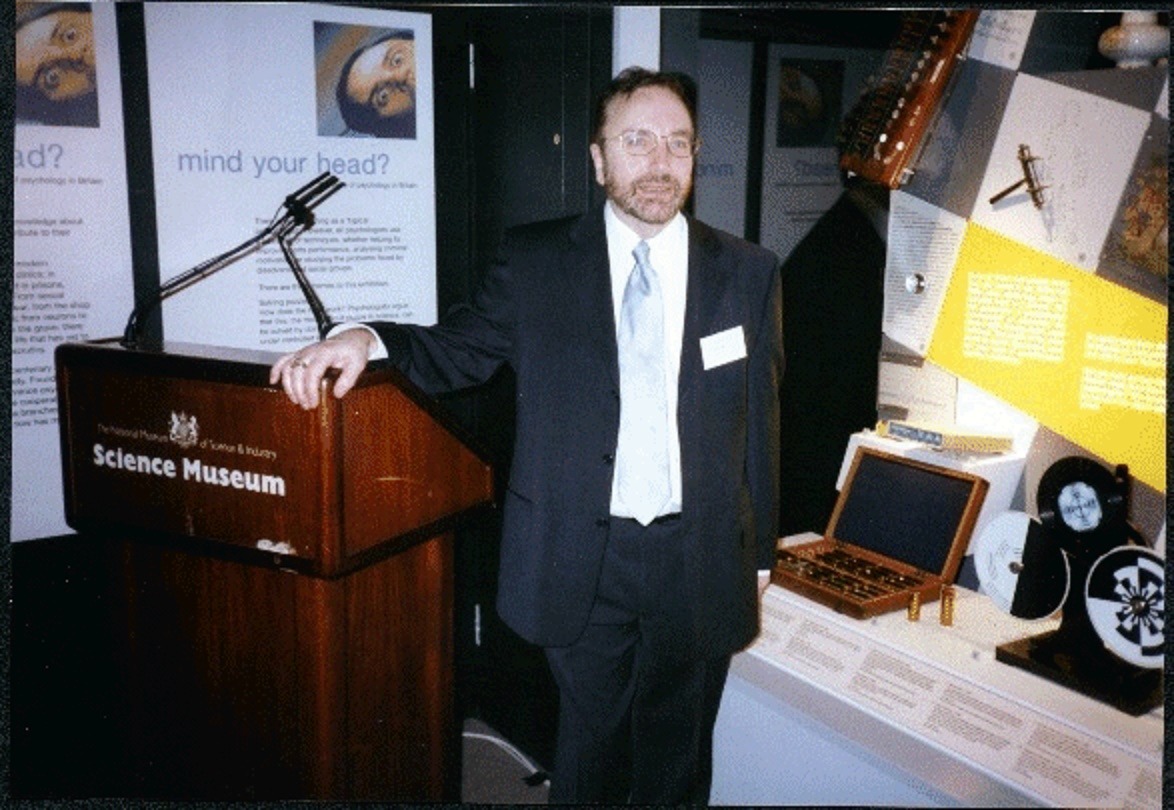In 1975, on April 12, the practice of lucid dreaming was first confirmed in the laboratory. English psychologist Dr Keith Hearne discovered a way to allow lucid dreamers to signal that they are in a lucid dream: the scientist invented the ocular-signalling technique and the first “dream machine.” He was sure that the dreamer would be able to communicate with the waking world somehow, the only problem being the natural bodily paralysis that accompanies the REM stage (the stage during which we see dreams). What Hearne realized was that the eye muscles are not inhibited, and that individuals can make deliberate eye movements to confirm awareness.
On the morning of April 5, 1975, the first such experiment was successfully conducted: the dreamer performed a given sequence of eye movements, proving that he was in the LD phase. Unfortunately, the equipment happened to be switched off at that moment, and only a week later, on April 12, the same person demonstrated awareness in a dream, with the this time with recording devices at the ready.
Hearne published the results of his research in a PhD thesis completed in 1978 at Liverpool University. The text of the dissertation is available for free download on the scientist’s official website, and the original recordings of the experiments are in the Science Museum in London, as part of the permanent exhibition.
The idea to recognize April 12 as Lucid Dreaming Day belongs to Daniel Love, an LD researcher and educator, the author of the book Are you Dreaming? published in 2013. His proposal received widespread support from practitioners around the world.
Today’s date refers specifically to the phenomenon of lucid dreaming, rather than phase states in general. By “phase states” we refer to such phenomena as LD, but also out-of-body experiences – which is celebrated on December 21.
Get all the latest news about lucid dreams via our channels on Telegram, Facebook, Twitter




